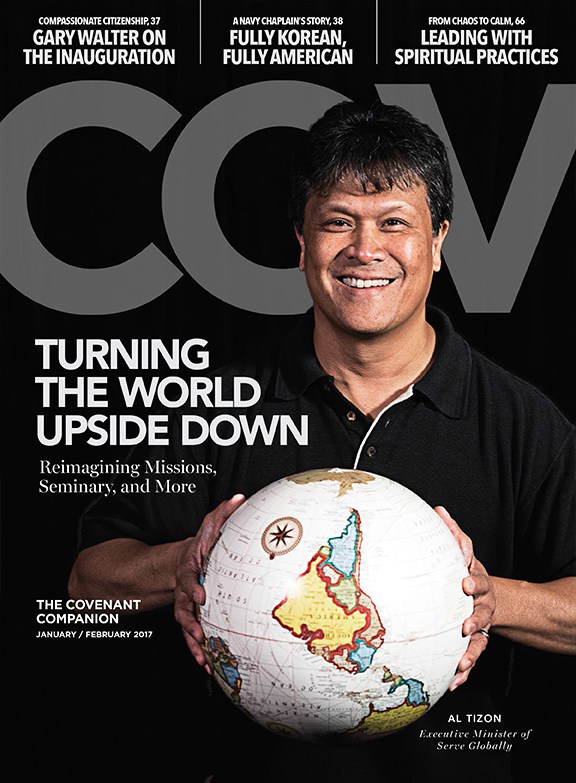
Navigating the Nonsense – Church Conflict and Triangulation
Doug Bixby
Cascade Books, 126 pages
Reviewed by Brad Bergfalk | July 27, 2016
Navigating the Nonsense presents the reader with a clear picture of the risks involved in congregational ministry when people are allowed to engage in the common unhealthy practice of triangulating. The act of triangulation, according to Bixby, occurs where “at least three people interact with each other about one particular issue. Triangulation exists when one person is in the middle of what is going on between the other two.” Bixby further asserts emotional triangles overlap each other and can entangle a whole set of relationships.
Bixby identifies three levels of communication within a typical congregation. The “Zone One” church is represented by continuous conflict and compromise. Churches that function at this level of communication are often consumed by their conflict and see it as their “way of life.” The tell-tales sign of a congregation that engages in Zone One communication is fragile structures, lack of vision, and a communication style that is riddled by triangulation, blame, and self-deception.
Zone Two churches are more likely to hover between cooperation and collaboration. These churches experience conflict, but they do not allow conflict and compromise to get in the way of their ongoing ministry. Zone Two churches exhibit greater degrees of trust between members and the pastoral staff, which naturally leads to a more defined understanding of authority within the congregational system. Bixby believes pastors who focus on developing trust within their congregation in the first few years of their ministry are more likely to have long and fruitful ministry.
Zone Three churches function at the highest level of communication and trust. Bixby states, “these churches work smarter, not just harder.” The high level of trust within the system allows them to deal with conflict more effectively. As a result, the congregation exhibits greater degrees of creativity and community.
Churches that engage in higher levels of communication and trust are less afraid of trying new things despite the possibility of failure. Bixby reminds the reader that, “all churches need a certain amount of change and instability to remain healthy.”
Navigating the Nonsense provides pastors and church leaders with the essential practical tools for avoiding some of the communication pit-falls that congregations experience. Bixby writes from a deep well of pastoral experience in the local congregation. He concedes that no matter what level of communication a church uses, no church is perfect all of the time.
Topics: book reviews

Comments